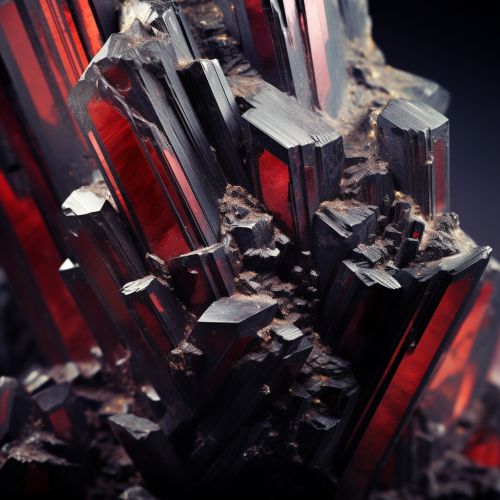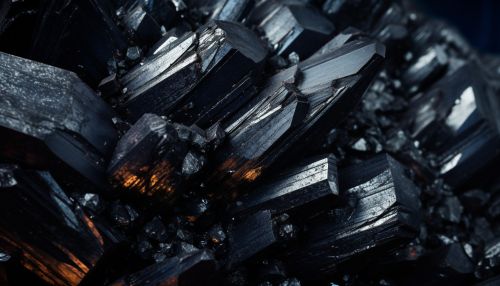Radium
Discovery and Isolation
Radium, a chemical element with the symbol Ra and atomic number 88, was discovered by Marie and Pierre Curie in 1898. The Curies extracted radium from uraninite, a uranium-rich mineral, after noticing that unrefined pitchblende was more radioactive than the uranium that had been separated from it. They hypothesized that the pitchblende contained a yet undiscovered radioactive element. The process of isolating radium by the Curies started with the crushing and dissolution of uraninite in acid.


Properties and Characteristics
Radium is a silvery-white metal, which belongs to the alkaline earth metals group in the periodic table. It is the heaviest of these metals and is highly radioactive. Its most stable isotope, radium-226, has a half-life of 1600 years. Radium glows in the dark due to its intense radioactivity, which causes the surrounding air to become excited and produce light.
Occurrence and Production
Radium is found in trace amounts in uranium ores, but it is more commonly obtained as a byproduct of uranium and phosphogypsum processing. The production of radium from uranium involves a series of chemical reactions and processes, including leaching, purification, and crystallization.
Applications
In the early 20th century, radium was used in self-luminous paints for watches, aircraft instrument dials, and other devices. However, this use was discontinued after workers painting these dials with radium-based paint started to experience adverse health effects, a condition now known as radium jaw. Today, radium is used in medicine to produce radon gas, which is used in the treatment of cancer. It is also used in industrial radiography to check for flaws in metal parts.
Health Effects and Safety
Exposure to radium can have serious health effects due to its radioactivity. When inhaled or ingested, radium can cause cancer and other disorders, as it tends to accumulate in the bones. Therefore, handling of radium requires special equipment and strict safety measures.
